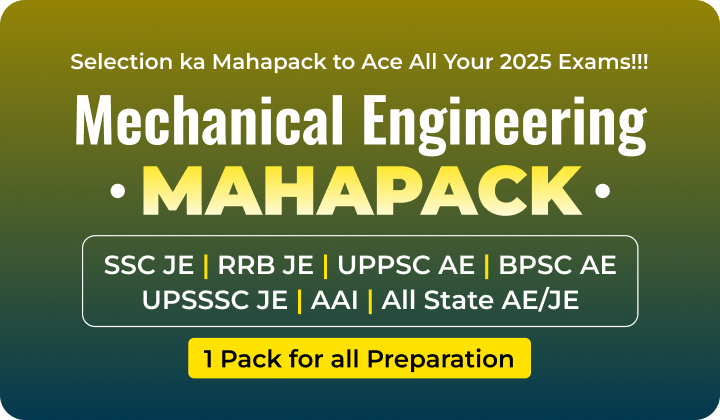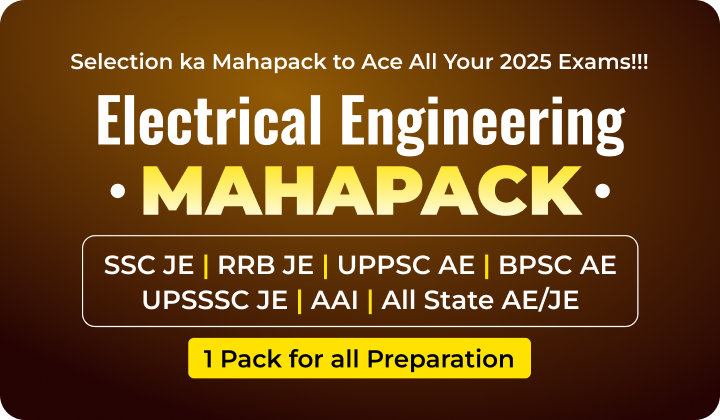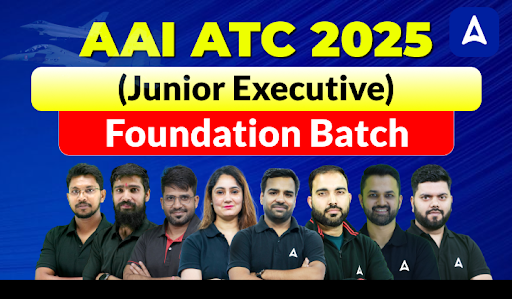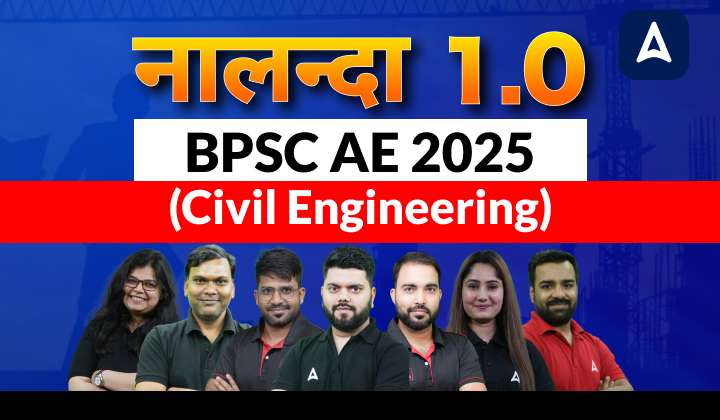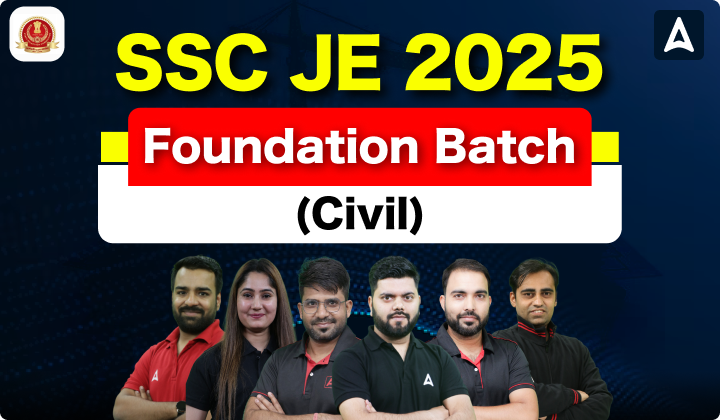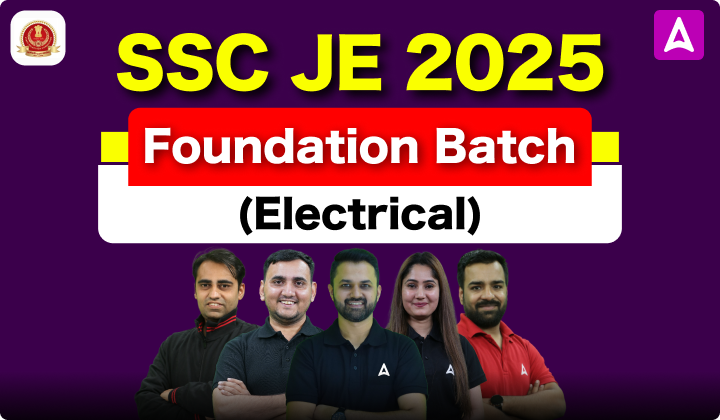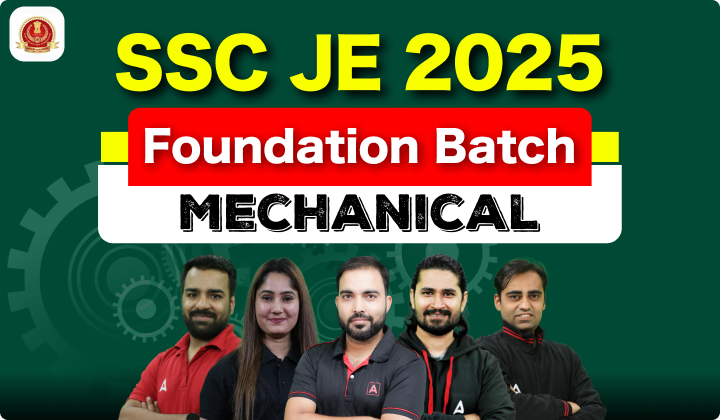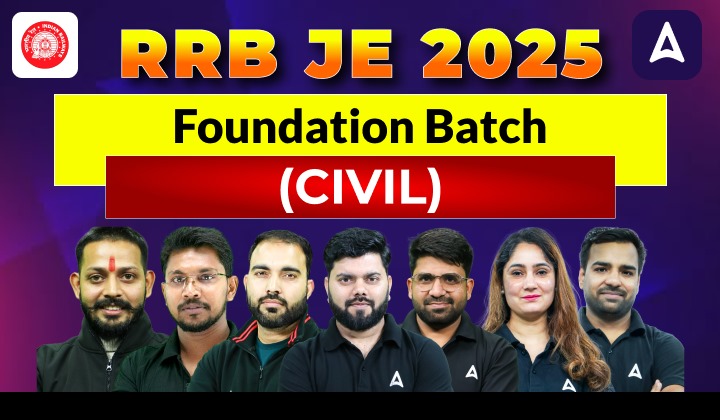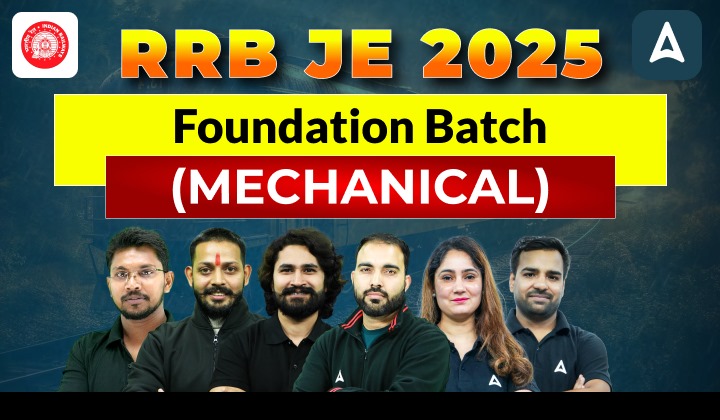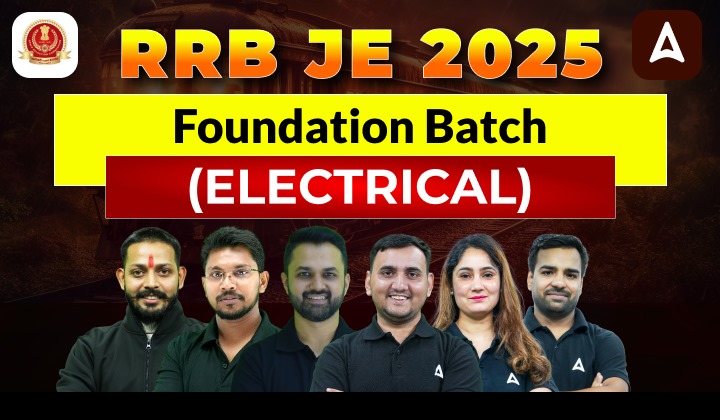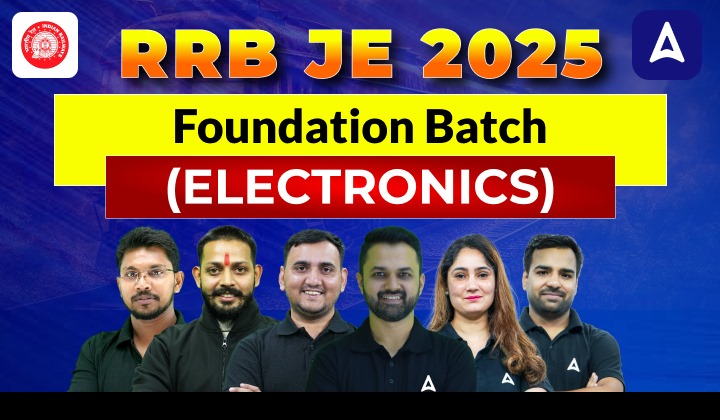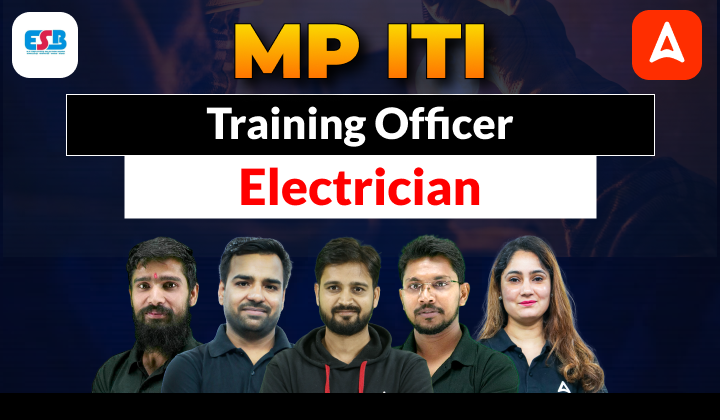Table of Contents
GATE Syllabus 2022 Instrumentation Engineering
GATE Syllabus 2022 Instrumentation Engineering: IIT Kharagpur is the conducting authority for GATE Exam 2022. GATE Exam 2022 is for the candidates who are aspiring to get admission into M.E./M.Tech/Ph.D. at the IITs, NITs, IIITs, and CFTIs. GATE Score 2022 is also useful for getting a reputed job as an engineer in some Public Sector Undertakings. GATE 2022 Score would be valid for three years after the announcement of GATE Result 2022. The total number of papers has been increased to 29 Subjects by adding two new subject papers. These Two new papers are GE (Geomatics Engineering) and NM (Naval Architecture and Marine Engineering). GATE Exam 2022 will be conducted on 05th, 06th, 12th, and 13th February 2022. To get desired job or college through GATE Exam 2022 for Instrumentation Engineer, the candidates must get marks more than GATE Cut Off 2022. GATE Exam 2022 dates are announced by IIT Kharagpur on the official website. To get good marks in GATE Exam 2022 for Instrumentation Engineer, the candidates must know GATE Syllabus 2022 Instrumentation Engineering in depth. If they plan and strategize well according to GATE Syllabus 2022 for Instrumentation Engineer, then they can grasp and revise the concepts very well to ace GATE Exam 2022 for Instrumentation Engineer. In this article, we have covered everything regarding GATE Syllabus 2022 for Instrumentation Engineer. The candidates must read the full article to know about GATE Syllabus 2022 for Instrumentation Engineer and shall bookmark this website for further updates about GATE Exam 2022 for Instrumentation Engineer.
GATE Syllabus 2022 Instrumentation Engineering – Overview
| GATE Syllabus 2022 Instrumentation Engineering | |
| Name of Conducting Authority | IIT Kharagpur |
| Name of Exam | Graduate Aptitude Test in Engineering |
| Category | Engg Jobs |
| Mode of GATE Exam 2022 | Online |
| Total Number of Papers | 29 |
| GATE Exam 2022 Admit Card release date | 03rd January 2022 |
| GATE Exam 2022 date | 05th February 2022 06th February 2022 12th February 2022 13th February 2022 |
| GATE 2022 Official Answer Key Release Date | 10 days after the exam |
| GATE Result 2022 | 17th March 2022 |
| Official Website | @gate.iitkgp.ac.in |
GATE Exam 2022
GATE Exam 2022: Graduate Aptitude Test in Engineering is one of the most reputed examinations in India. It opens so many opportunities for candidates to grow their careers. GATE Exam 2022 is a computer-based standardized test conducted at the national level in India with an aim to examine the understanding of students in subjects like Engineering and Science.
GATE Exam Pattern 2022 Instrumentation Engineering
GATE Exam Pattern 2022 Instrumentation Engineering: The GATE 2022 Exam for Instrumentation Engineer will ask questions to check your Application, Analysis, Comprehension, Recall, and Synthesis abilities. All the questions will be Either MCQ or NAT (Numerical Answer Type). According to the new GATE 2022 Exam Pattern for Instrumentation Engineer, Some MSQ questions will also be there in the paper where more than one answer can be correct out of four given choices.
The candidates must check GATE Exam Pattern 2022 for Instrumentation Engineer through the table given below to get a clear idea about GATE Exam 2022 for InstrumentationEngineer so that they can ace GATE Exam 2022 for Instrumentation Engineer.
| GATE Exam Pattern 2022 Instrumentation Engineering | |
| GATE Exam 2022 Mode | Computer Based Test (Online) |
| GATE Exam 2022 Duration | 3 Hours |
| GATE Exam 2022 No. of Subjects | 29 Subjects |
| GATE Exam 2022 Total Marks | 100 Marks |
| GATE Exam 2022 Number of Questions | 10 (GA) + 55 (subject) = 65 Questions |
| GATE Exam 2022 Type of Questions | Multiple Choice Questions, Multiple Select Questions, and Numerical Answer Type Questions |
GATE Syllabus 2022 Instrumentation Engineering PDF
GATE Syllabus 2022 Instrumentation Engineering PDF: The candidates can download GATE Syllabus 2022 Instrumentation Engineering PDF through the direct link given below for the ease of candidates. The candidates must know GATE Syllabus 2022 Instrumentation Engineering to ace GATE 2022 and get admission in a reputed college or job in a reputed organization for Instrumentation engineers. Knowing GATE Syllabus 2022 will help the candidates aspiring for GATE 2022 to get good marks and success as they can plan and strategise beforehand according to GATE Syllabus 2022 Instrumentation Engineering.
Click to download GATE Syllabus 2022 Instrumentation Engineering PDF
GATE Syllabus 2022 Instrumentation Engineering
Section 1: Engineering Mathematics
Linear Algebra:
- Matrix algebra,
- systems of linear equations,
- consistency and rank,
- Eigen value and
- Eigen vectors.
Calculus:
- Mean value theorems,
- theorems of integral calculus,
- partial derivatives,
- maxima and
- minima,
- multiple integrals,
- Fourier series,
- vector identities,
- line,
- surface and
- volume integrals,
- Stokes, Gauss and Green’s theorems.
Differential equations:
- First order equation (linear and nonlinear),
- second order linear differential equations with constant coefficients,
- method of variation of parameters,
- Cauchy’s and Euler’s equations,
- initial and boundary value problems,
- solution of partial differential equations: variable separable method.
Analysis of complex variables:
- Analytic functions,
- Cauchy’s integral theorem and
- integral formula,
- Taylor’s and Laurent’s series,
- residue theorem,
- solution of integrals.
Probability and Statistics:
- Sampling theorems,
- conditional probability,
- mean,
- median,
- mode,
- standard deviation and variance;
- random variables: discrete and
- continuous distributions: normal, Poisson and binomial distributions.
- Numerical Methods: Matrix inversion,
- solutions of non-linear algebraic equations,
- iterative methods for solving differential equations,
- numerical integration,
- regression and correlation analysis.
Section 2: Electricity and Magnetism
- Coulomb’s Law,
- Electric Field Intensity,
- Electric Flux Density,
- Gauss’s Law,
- Divergence,
- Electric field and potential due to point,
- line,
- plane and spherical charge distributions,
- Effect of dielectric medium,
- Capacitance of simple configurations,
- Biot-Savart’s law,
- Ampere’s law,
- Curl,
- Faraday’s law,
- Lorentz force,
- Inductance,
- Magnetomotive force,
- Reluctance,
- Magnetic circuits,
- Self and Mutual inductance of simple configurations.
Section 3: Electrical Circuits and Machines
Voltage and current sources:
- independent, dependent, ideal and practical;
- v-i relationships of resistor,
- inductor
- mutual inductance and capacitor;
- transient analysis of RLC circuits with dc excitation.
- Kirchoff’s laws,
- mesh and nodal analysis,
- superposition,
- Thevenin,
- Norton,
- maximum power transfer and
- reciprocity theorems.
Peak-
- average- and rms values of ac quantities;
- apparent-,
- active- and reactive powers;
- phasor analysis,
- impedance and admittance;
- series and parallel resonance,
- locus diagrams,
- realization of basic filters with R, L and C elements.
- transient analysis of RLC circuits with ac excitation.
- One-port and two-port networks,
- driving point impedance and admittance,
- open-, and short circuit parameters.
Single phase transformer:
- equivalent circuit,
- phasor diagram,
- open circuit and short circuit tests,
- regulation and efficiency;
- Three phase induction motors: principle of operation,
- types, performance,
- torque-speed characteristics,
- no-load and blocked rotor tests,
- equivalent circuit,
- starting and speed control;
- Types of losses and efficiency calculations of electric machines.
Section 4: Signals and Systems
- Periodic,
- aperiodic and impulse signals;
- Laplace,
- Fourier and z-transforms;
- transfer function,
- frequency response of first and second order linear time invariant systems,
- impulse response of systems;
- convolution,
- correlation.
- Discrete time system: impulse response,
- frequency response,
- pulse transfer function;
- DFT and FFT;
- basics of IIR and FIR filters.
Section 5: Control Systems
- Feedback principles,
- signal flow graphs,
- transient response,
- steady-state-errors,
- Bode plot,
- phase and gain margins,
- Routh and Nyquist criteria,
- root loci,
- design of lead,
- lag and lead-lag compensators,
- state-space representation of systems;
- time-delay systems;
- mechanical,
- hydraulic and pneumatic system components,
- synchro pair,
- servo and stepper motors,
- servo valves;
- on-off,
- P,
- PI, PID,
- cascade,
- feedforward, and ratio controllers,
- tuning of PID controllers
- and sizing of control valves.
Section 6: Analog Electronics
- Characteristics and applications of diode,
- Zener diode,
- BJT and MOSFET;
- small signal analysis of transistor circuits,
- feedback amplifiers.
- Characteristics of ideal and practical operational amplifiers;
- applications of opamps: adder, subtractor,
- integrator, differentiator,
- difference amplifier,
- instrumentation amplifier, precision rectifier, active filters,
- oscillators, signal generators,
- voltage controlled oscillators and phase locked loop,
- sources and effects of noise and
- interference in electronic circuits.
Section 7: Digital Electronics
- Combinational logic circuits,
- minimization of Boolean functions.
- IC families: TTL and CMOS.
- Arithmetic circuits,
- comparators,
- Schmitt trigger,
- multi-vibrators,
- sequential circuits,
- flipflops,
- shift registers,
- timers and counters;
- sample-and-hold circuit,
- multiplexer,
- analog-to-digital (successive approximation, integrating, flash and sigma-delta) and
- digital-to-analog converters (weighted R, R-
- 2R ladder and current steering logic).
- Characteristics of ADC and DAC (resolution, quantization, significant bits, conversion/settling time);
- basics of number systems,
- Embedded Systems: Microprocessor and microcontroller applications,
- memory and input-output interfacing;
- basics of data acquisition systems,
- basics of distributed control systems (DCS) and
- programmable logic controllers (PLC).
Section 8: Measurements
- SI units,
- standards (R,L,C, voltage, current and frequency),
- systematic and random errors in measurement,
- expression of uncertainty – accuracy and precision,
- propagation of errors, linear and weighted regression.
- Bridges: Wheatstone,
- Kelvin, Megohm,
- Maxwell, Anderson, Schering and
- Wien for measurement of R, L, C and frequency,
- Q-meter. Measurement of voltage,
- current and power in single and three phase circuits;
- ac and dc current probes;
- true rms meters,
- voltage and
- current scaling,
- instrument transformers,
- timer/counter,
- time, phase and frequency measurements,
- digital voltmeter,
- digital multimeter;
- oscilloscope,
- shielding and grounding.
Section 9: Sensors and Industrial Instrumentation
- Resistive-, capacitive-,
- inductive-, piezoelectric-,
- Hall effect sensors and associated signal conditioning circuits;
- transducers for industrial instrumentation: displacement (linear and angular),
- velocity, acceleration,
- force, torque,
- vibration, shock,
- pressure (including low pressure),
- flow (variable head, variable area, electromagnetic, ultrasonic, turbine and open channel flow meters)
- temperature (thermocouple, bolometer, RTD (3/4 wire),
- thermistor, pyrometer and semiconductor);
- liquid level, pH, conductivity and
- viscosity measurement.
- 4-20 mA two-wire transmitter.
Section 10: Communication and Optical Instrumentation
- Amplitude- and frequency modulation and demodulation;
- Shannon’s sampling theorem,
- pulse code modulation;
- frequency and time division multiplexing,
- amplitude-, phase-, frequency-,
- quadrature amplitude,
- pulse shift keying for digital modulation;
- optical sources and detectors: LED, laser, photodiode,
- light dependent resistor,
- square law detectors and their characteristics;
- interferometer: applications in metrology;
- basics of fiber optic sensing.
- UV-VIS Spectro photometers,
- Mass spectrometer.
GATE Syllabus 2022 Instrumentation Engineering FAQs
Q1. Where can I check GATE Syllabus 2022 Instrumentation Engineering?
Ans. You can check GATE Syllabus 2022 Instrumentation Engineering in this article.
Q2. How can I download GATE Syllabus 2022 Instrumentation Engineering PDF?
Ans. You can download GATE Syllabus 2022 Instrumentation Engineering Engineering PDF through the direct link available in the article.
Now keep yourself updated with Latest Engineering Government Jobs 24×7 Download ADDA247 App Now! CLICK HERE

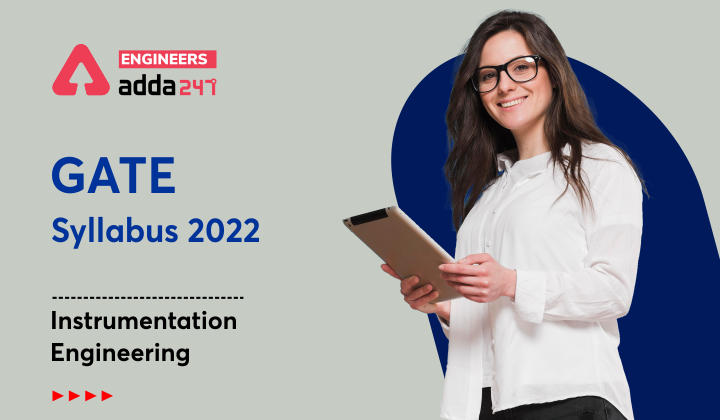
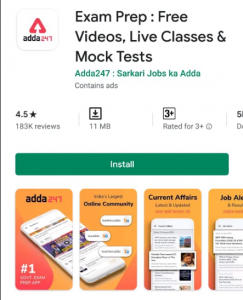

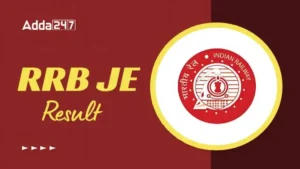 RRB JE CBT 2 Result 2025 Out, Direct Lin...
RRB JE CBT 2 Result 2025 Out, Direct Lin...
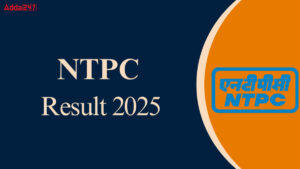 NTPC EET Result 2025 Out, Direct Link To...
NTPC EET Result 2025 Out, Direct Link To...
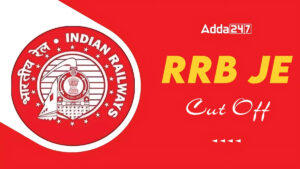 RRB JE CBT 2 Cut Off 2025 Out, Check Reg...
RRB JE CBT 2 Cut Off 2025 Out, Check Reg...


